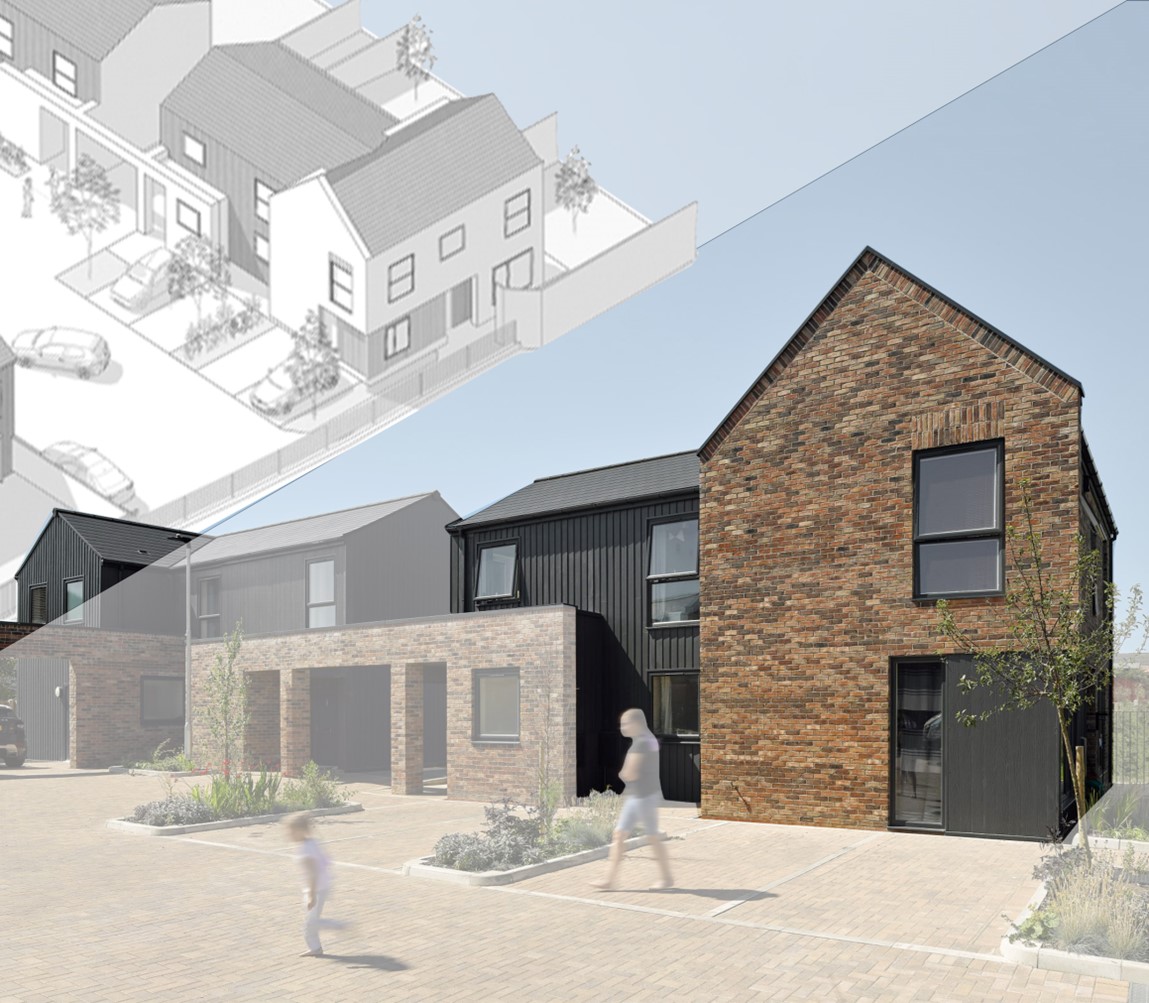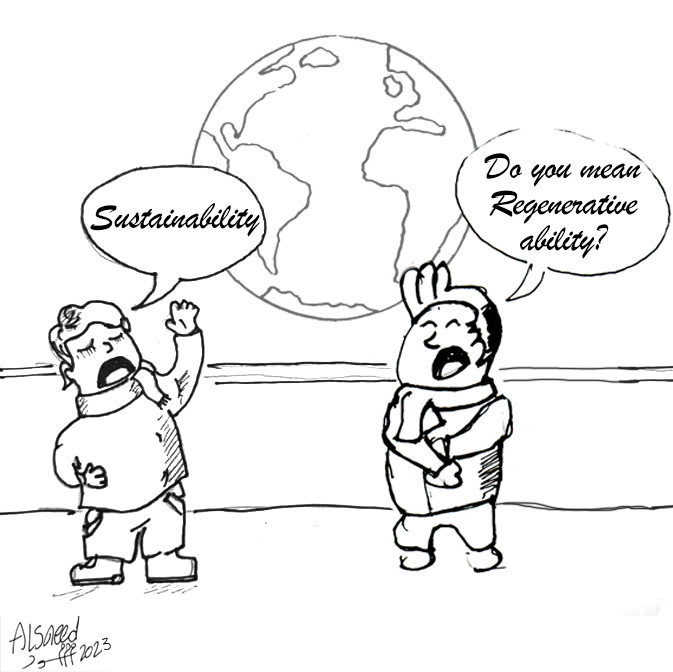Area: Design, planning and building
Sustainability of the built environment
The emergence of the contemporary environmental movement between the 1960s and 1970s and its proposals to remedy the consequences of pollution can be seen as one of the first steps in addressing environmental problems (Scoones, 2007). However, the term “sustainable” only gained wider currency when it was introduced into political discourse by the Club of Rome with its 1972 report “The Limits to Growth”, in which the proposal to change growth trends to be sustainable in the far future was put forward (Grober, 2007; Kopnina & Shoreman-Ouimet, 2015a; Meadows et al., 1972). Since then, the use of the term has grown rapidly, especially after the publication of the 1978 report “Our Common Future”, which became a cornerstone of debates on sustainability and sustainable development (Brundtland et al., 1987; Kopnina & Shoreman-Ouimet, 2015a). Although the two terms are often used indistinctively, the former refers to managing resources without depleting them for future generations, while the latter aims to improve long-term economic well-being and quality of life without compromising the ability of future generations to meet their needs (Kopnina & Shoreman-Ouimet, 2015b; UNESCO, 2015). The Brundtland Report paved the way for the 1992 Earth Summit, which concluded that an effective balance must be found between consumption and conservation of natural resources (Scoones, 2007). In 2000, the United Nations General Assembly published the 8 Millennium Development Goals (UN, 2000), which led to the 17 Sustainable Development Goals (SDGs) published in 2016 (UN, 2016). The 17 SDGs call on all countries to mobilise their efforts to end all forms of poverty, tackle inequalities and combat climate change (UN, 2020; UNDP, 2018).
Despite the rapidly growing literature on sustainability, the term remains ambiguous and lacks a clear conceptual foundation (Grober, 2007; Purvis et al., 2019). Murphy (2012) suggests that when defining sustainability, the question should be: Sustainability, of what? However, one of the most prominent interpretations of sustainability is the three pillars concept, which describes the interaction between the social, economic and environmental components of society (Purvis et al., 2019). The environmental pillar aims to improve human well-being by protecting natural capital -e.g. land, air and water- (Morelli, 2011). The economic sustainability pillar focuses on maintaining stable economic growth without damaging natural resources (Dunphy et al., 2000). Social sustainability, on the other hand, aims to preserve social capital and create a practical social framework that provides a comprehensive view of people's needs, communities and culture (Diesendorf, 2000). This latter pillar paved the way for the creation of a fourth pillar that includes human and culture as a focal point in sustainability objectives (RMIT, 2017).
Jabareen (2006) describes environmental sustainability as a dynamic, inclusive and multidisciplinary concept that overlaps with other concepts such as resilience, durability and renewability. Morelli (2011) adds that it can be applied at different levels and includes tangible and intangible issues. Portney (2015) takes Morelli's explanation further and advocates that environmental sustainability should also promote industrial efficiency without compromising society's ability to develop (Morelli, 2011; Portney, 2015).
Measuring the built environment sustainability level is a complex process that deploys quantitative methods, including (1) indexes (e.g. energy efficiency rate), (2) indicators (e.g. carbon emissions and carbon footprint), (3) benchmarks (e.g. water consumption per capita) and (4) audits (e.g. building management system efficiency) (Arjen, 2015; Berardi, 2012; James, 2014; Kubba, 2012). In recent years, several rating or certification systems and practical guides have been created and developed to measure sustainability, most notably the Building Research Establishment Environmental Assessment Method (BREEAM) introduced in the UK in 1990 (BRE, 2016) and the Leadership in Energy and Environmental Design (LEED) established in the US in 2000 (USGBC, 2018). In addition, other overlapping methodologies and certification frameworks have emerged, such as the European Performance of Buildings Directive (EPBD) in 2002 (EPB, 2003) and the European Framework for Sustainable Buildings, also known as Level(s) in 2020 (EU, 2020), amongst others.
The sustainability of the built environment aims to reduce human consumption of natural resources and the production of waste while improving the health and comfort of inhabitants and thus the performance of the built environment elements such as buildings and spaces, and the infrastructure that supports human activities (Berardi, 2012; McLennan, 2004). This aim requires an effective theoretical and practical framework that encompasses at least six domains, including land, water, energy, indoor and outdoor environments, and economic and cultural preservation (Ferwati et al., 2019). More recently, other domains have been added, such as health and comfort, resource use, environmental performance, and cost-benefit and risk (EU, 2020). Sustainability of the built environment also requires comprehensive coordination between the architectural, structural, mechanical, electrical and environmental systems of buildings in the design, construction and operation phases to improve performance and avoid unnecessary resource consumption (Yates & Castro-Lacouture, 2018).
Created on 24-06-2022
Author:
M.Alsaeed (ESR5),
K.Hadjri (Supervisor)
Read more ->


